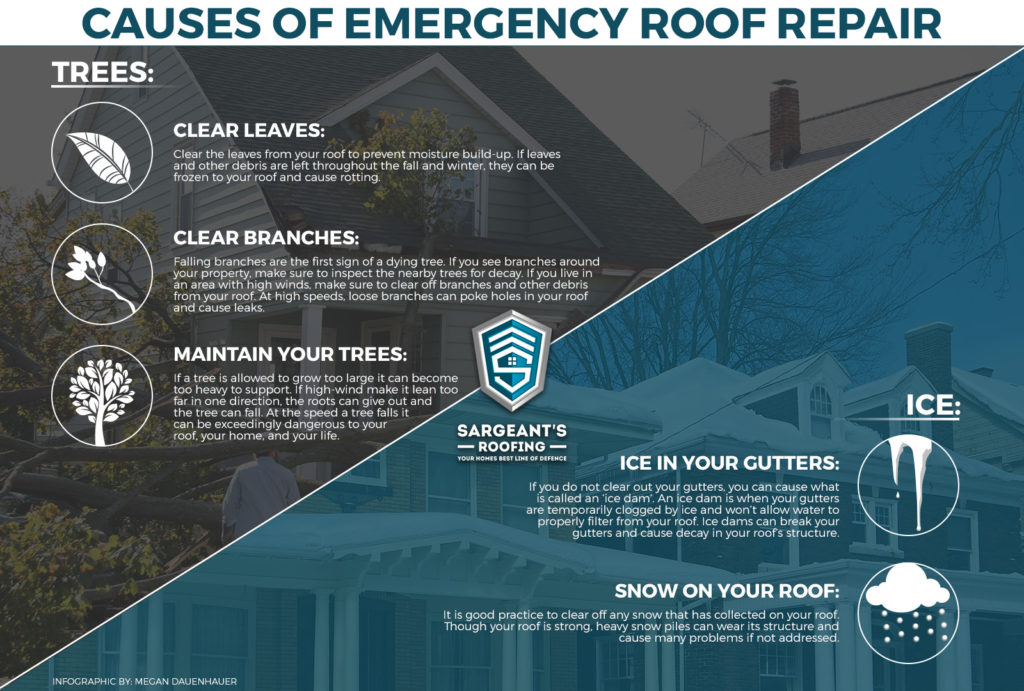Comprehending The Effect Of Weather Condition On Photovoltaic Panel Performance: Important Details To Consider
Comprehending The Effect Of Weather Condition On Photovoltaic Panel Performance: Important Details To Consider
Blog Article
Write-Up Author-Turner Hines
When it involves solar panel performance, understanding just how climate condition enter into play is crucial. Picture this: your photovoltaic panels basking in the sun's glow, soaking up power to power your home. But what takes place when clouds roll in or temperatures fluctuate? How does that influence your energy manufacturing? By diving right into the detailed dancing in between climate and photovoltaic panels, you'll uncover vital insights that can assist you make the most of your renewable resource arrangement. Check out the subtleties of sunshine intensity, temperature level impacts, and the role of cloud cover and rainfall in maximizing your solar panel performance.
Effect of Sunshine Intensity
In some cases, the strength of sunlight can substantially influence the performance of photovoltaic panels. When the sunlight is solid and straight, your solar panels generate more electrical power. Nevertheless, during over home solar panels installation or when the sunlight is at a low angle, the panels receive less sunshine, reducing their performance. To optimize the power output of your solar panels, it's important to install them in areas with sufficient sunshine exposure throughout the day. Consider aspects like shielding from close-by trees or structures that can obstruct sunlight and decrease the panels' efficiency.
To maximize the effectiveness of your solar panels, on a regular basis tidy them to remove any dirt, dirt, or debris that may be obstructing sunshine absorption. In addition, ensure that your panels are tilted properly to obtain the most straight sunlight possible.
Impact of Temperature Level Changes
When temperature changes take place, they can have a considerable influence on the efficiency of photovoltaic panels. Solar panels operate finest in cooler temperatures, making them much more efficient on mild days contrasted to incredibly hot ones. As the temperature level raises, photovoltaic panels can experience a decline in performance as a result of a sensation called the temperature level coefficient. This impact triggers a decrease in voltage outcome, eventually affecting the overall power manufacturing of the panels.
On the other hand, when temperatures drop as well reduced, solar panels can also be affected. Very chilly temperatures can cause a reduction in conductivity within the panels, making them much less efficient in producing power. This is why it's vital to consider the temperature conditions when installing photovoltaic panels to maximize their performance.
Role of Cloud Cover and Rain
Cloud cover and rains can dramatically impact the efficiency of photovoltaic panels. When clouds block the sunlight, the quantity of sunlight reaching your solar panels is lowered, bring about a decrease in power manufacturing. Rain can also influence photovoltaic panel performance by obstructing sunlight and creating a layer of dust or grime on the panels, further lowering their capacity to create electricity. Also light rainfall can scatter sunshine, triggering it to be less concentrated on the panels.
Throughout overcast days with heavy cloud cover, solar panels may experience a substantial decrease in energy output. Nonetheless, it deserves keeping in mind that some modern-day photovoltaic panel technologies can still generate power even when the sky is gloomy. Furthermore, rain can have a cleaning result on photovoltaic panels, washing away dust and dirt that might have built up with time.
To best solar installation company of your photovoltaic panels, it's necessary to consider the impact of cloud cover and rainfall on power manufacturing and make sure that your panels are appropriately preserved to endure varying climate condition.
Final thought
Finally, climate plays a significant role in the efficiency of your solar panels. Making best use of sunlight direct exposure, handling temperature adjustments, and monitoring cloud cover and rainfall are vital aspects to take into consideration for optimum power generation. Routine maintenance, such as cleaning panels, is critical for preserving peak performance. By understanding just how climate influences your solar panel effectiveness, you can make enlightened decisions to optimize power outcome and savings.
